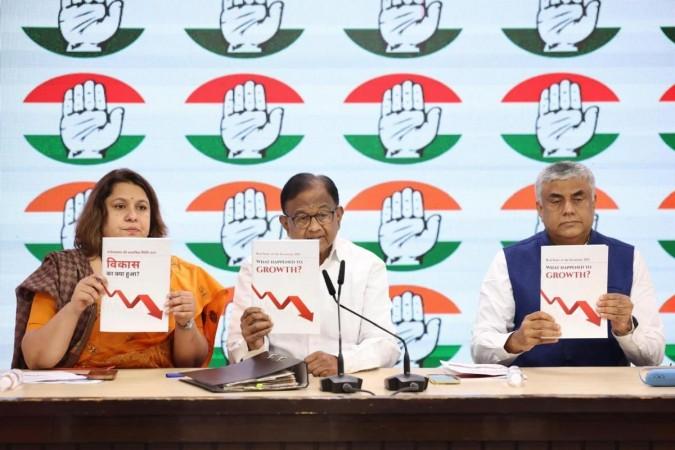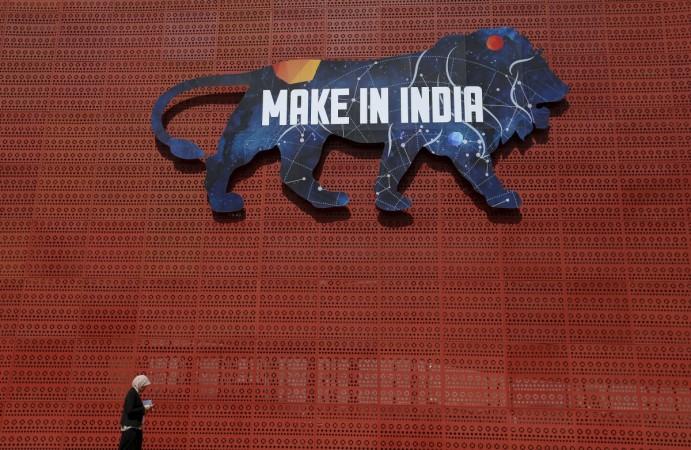
In January 2025, the All India Congress Committee (AICC) Research Department, in collaboration with former Finance Minister P. Chidambaram, unveiled a comprehensive report titled 'Real State of the Economy 2025.' This report, compiled by the AICC's research team, provides a data-driven analysis of India's economic performance under the current government, challenging the government's claims of high growth and prosperity.
The report projects India's GDP growth for 2024-25 at 6.4%, a figure that may seem respectable but falls short of the 8% growth required for India to fully leverage its demographic dividend. The report warns of India slipping into a 'middle-income trap,' characterized by stagnating productivity, rising inequality, and diminishing global competitiveness. This is a stark contrast to the previous decade under the UPA regime, which saw an average GDP growth of 7.6%. The report suggests that despite favorable global economic conditions, the average GDP growth under the Modi government has declined to 6%.
Unemployment crisis and stagnant household incomes
The report also highlights a severe employment crisis, particularly among the youth. The unemployment rate for educated young Indians stands at 29.1%, while overall youth unemployment has reached an alarming 45.4%. Despite the push for 'Make in India,' the manufacturing sector's share in employment has dropped from 12.6% in 2011-12 to just 11.4% in 2023-24. This has forced many back into agriculture—a sector that itself is in deep distress.
The report further states that job creation in the non-farm sector has slowed dramatically, falling from 75 lakh jobs per year under the UPA to just 29 lakh per year under the current regime. This decline, combined with an increase in informal labor and self-employment in low-productivity sectors, suggests that India's economic policies are failing to generate sustainable employment opportunities.
The report reveals a decline in household incomes, adding to the financial struggles of middle- and lower-income groups. Since 2014, real wage growth has remained sluggish: agricultural laborers have seen an increase of only 0.8%, non-agricultural workers 0.2%, while salaried employees have experienced a 1% annual decline in earnings. This has led to a sharp decline in household savings, which have fallen to a 47-year low. Private consumption, a key driver of economic growth, has hit a 20-year low, as families grapple with high taxes, stagnant wages, and rising living costs. The report warns that declining savings and increasing debt could have long-term repercussions on financial stability.
Manufacturing in decline and rising inequality

The report also criticizes the 'Make in India' initiative, claiming it has failed to deliver on its promises. Manufacturing growth has stagnated at 5.8%, far below the targeted 12-14%. The share of manufacturing in GDP remains at 15.8%, despite the government's goal of increasing it to 25% by 2022. The report highlights that 24 lakh small enterprises have shut down between 2015-16 and 2021-22, leading to a loss of 81 lakh manufacturing jobs. The Production-Linked Incentive (PLI) scheme, introduced to boost industrial growth, has failed to make a significant impact, with industrial production indices showing lackluster performance.
The report also points out the stark rise in economic inequality. India's top 1% now controls over 40% of the nation's wealth, a level of disparity unseen even during British rule. The number of billionaires in India has surged to 200, with their combined wealth increasing by 41% in 2024 alone. The report alleges that government policies have been disproportionately skewed in favor of large corporate conglomerates, with public sector banks writing off nearly ₹9.90 lakh crore in corporate bad loans over the last five years. The government's handling of key defense, infrastructure, and energy contracts has also come under scrutiny, with accusations of favoritism towards select industrialists.
The report accuses the government of systematically dismantling welfare schemes that support India's most vulnerable populations. Budget cuts to MGNREGA, food security programs, and healthcare allocations have left millions without essential services. India's ranking in the Global Hunger Index has plummeted, while malnutrition rates remain alarmingly high.
Moreover, the report criticizes the government's handling of data transparency, citing delays in the release of crucial economic reports and suppression of unfavorable statistics. The delayed 2021 Census, the withholding of unemployment data before elections, and the dismissal of global economic indices all point to an effort to control economic narratives, the report claims.
The 'Real State of the Economy 2025' report serves as a wake-up call for policymakers, urging a shift from headline-driven economic management to substantive structural reforms. It recommends urgent measures such as boosting job creation in labor-intensive sectors, implementing tax relief for middle-class households, ensuring transparency in public finance, and reviving manufacturing through targeted investment.












